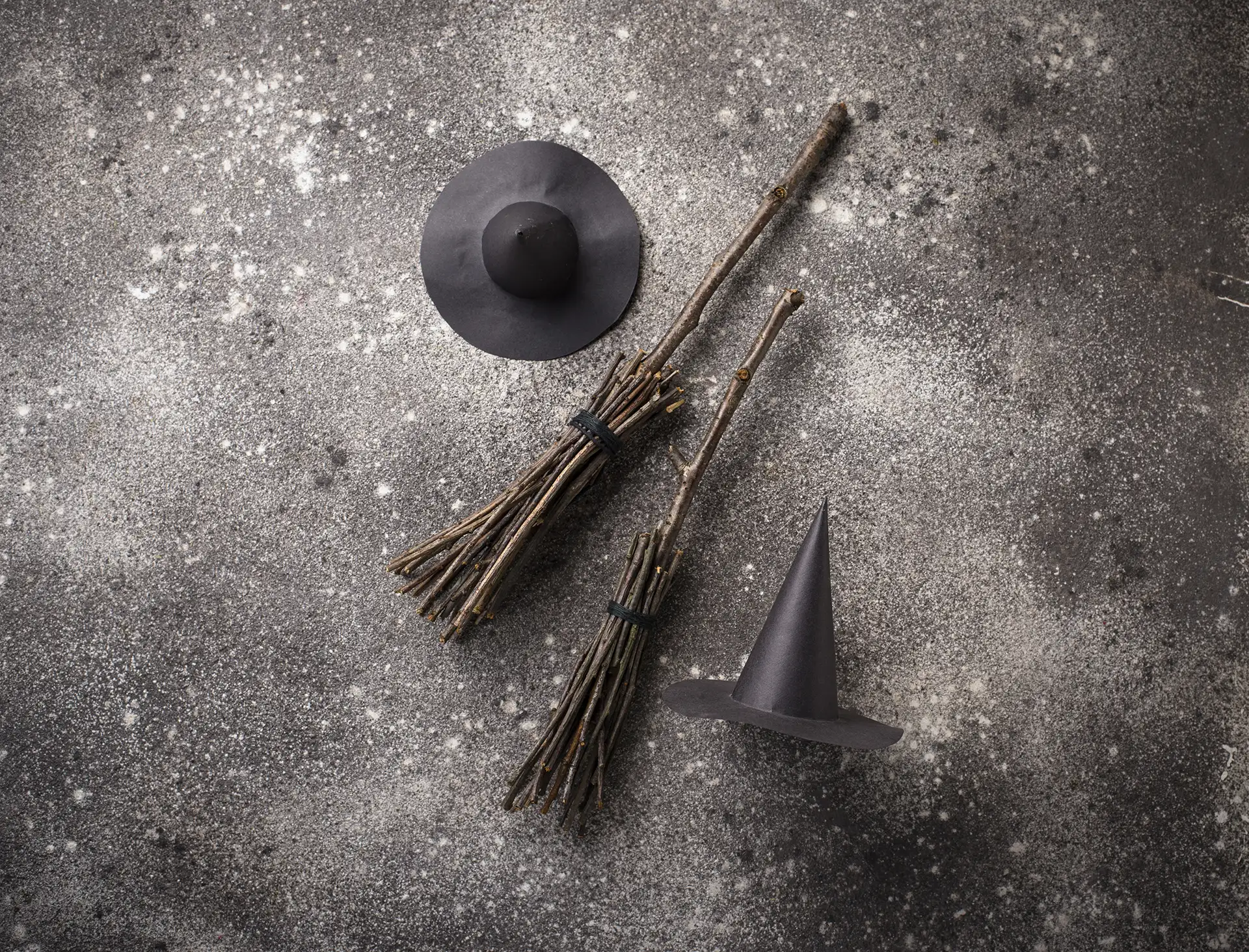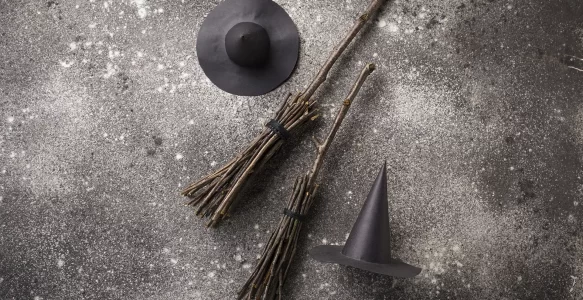Halloween, or the night of 31st October, has been gaining ground in Spain in recent decades, mixing traditional Celtic elements with modern influences from American culture. Unlike All Saints’ Day (1st November) and All Souls’ Day (2nd November), this night features various celebrations across the country. Each region adds its own local touch, celebrating the night of witches while blending it with ancient customs.
In Spain, Halloween has grown in popularity over the years, but in many regions, the night of 31st October still maintains unique traits linked to old traditions and local cultures. These celebrations, merging Celtic and Catholic elements, vary widely and offer authentic experiences. Here are some of the regional traditions:
Spanish traditions that turn Halloween into an authentic experience, rich in history and culture.
Galicia
Samaín is considered one of the ancestors of modern Halloween, celebrated since the time of the ancient Celts. In Galicia, the tradition has been revived in recent years, rekindling the fascination with witches, magical beings, and the legendary Santa Compaña, a ghostly procession of souls that, according to legend, roams the roads at night in search of living people to join them.
Main Elements of Galician Samaín
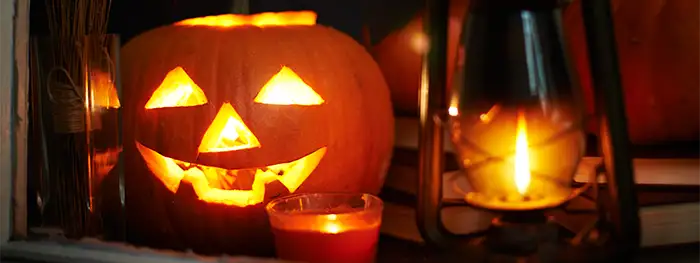
Pumpkin Lanterns
A common tradition is carving faces into pumpkins and lighting them with candles to ward off evil spirits and illuminate the path of the souls. This practice echoes the ancient Celtic tradition of carving turnips and is widely embraced in cities like Ourense and Lugo.
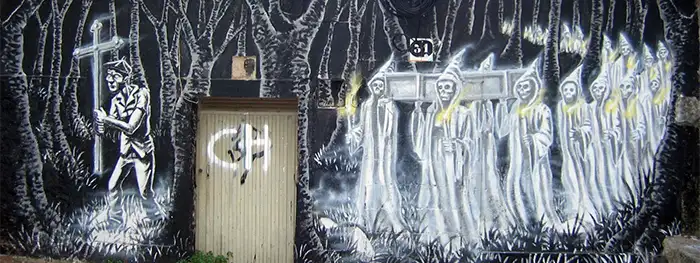
Parades and Processions
In Galician cities such as Santiago de Compostela and Ferrol, parades and processions featuring terrifying costumes are organised, representing mythical creatures, witches, and even figures from the Santa Compaña. These events attract both locals and tourists, creating a truly unique atmosphere.
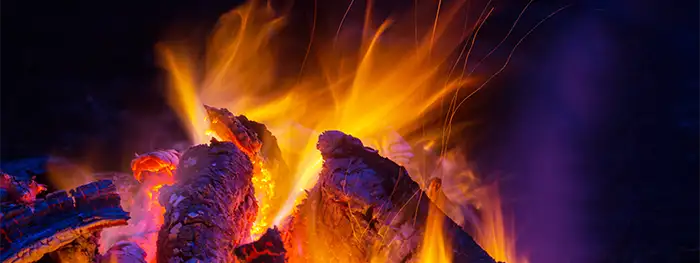
Bonfires and Community Gatherings
In rural areas, it is common to light bonfires and share ghost stories and local legends. Families gather to keep alive an ancient tradition that blends respect and fear of the supernatural.
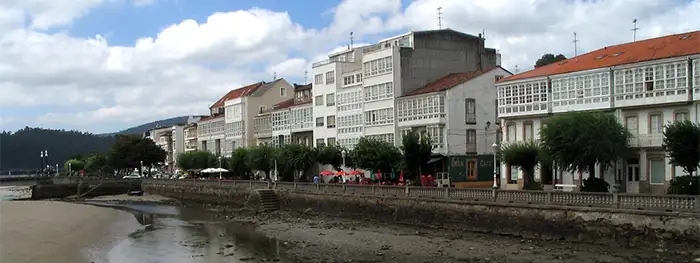
Samaín Festival in Cedeira
In Cedeira, a coastal village, one of the most popular Samaín festivals takes place, featuring themed events, theatrical performances, and costume competitions inspired by Galician folklore.
Halloween 2024 Events in Galicia
- Samaín Festival in Ourense: A night filled with spooky activities, including horror parades, performances, a haunted tunnel, makeup and pumpkin workshops, as well as live music and the traditional Santa Compaña procession through the city’s historic streets. Find out more about our experience there.
- Pontevedra: A week-long celebration with activities for all ages, featuring the traditional Noite dos Calacús. Events include craft workshops, horror storytelling, a themed market, live music, a ghost parade, and the Procession of Souls through the historic streets. The programme runs from 26th October to 3rd November.
- Cedeira: The Samaín festival in Cedeira honours the connection with the dead from 1st to 3rd November, with workshops, theatre performances, and the traditional ghost parade.
- Witches’ Night in Ribadavia: Costume parades, mystical rituals, a sweets market, haunted walks, moonlit dancing, magic shows, and live music.
- Catoira and its Skull Procession: A night-time parade through the streets, lit only by candles and lanterns. Participants carry decorated skulls to honour the souls of the deceased and celebrate the mystical nature of the occasion.
- A Musa de Sabucedo: Cultural activities, a local products fair, traditional workshops, children’s competitions, and musical performances, concluding with the purifying Queimada ritual on 2nd November 2024.
Andalusia and Tosantos
Halloween is celebrated in a unique and traditional way in Andalusia through Tosantos, a festival held on 31st October that blends the spirit of autumn with the region’s signature humour. This celebration is marked by themed decorations in markets and satirical portrayals of public and cultural figures. The main event takes place at the Central Market of Abastos in Cádiz, where vendors decorate their stalls with caricatures and humorous representations of politicians and celebrities, adding an irreverent Andalusian touch.
Tosantos Activities and Traditions
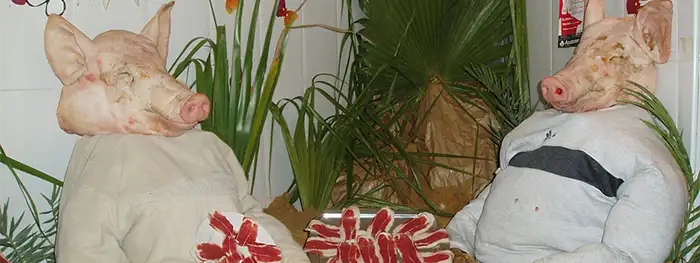
Market Stall Decorations with Satire
Market stalls, especially in the Central Market, are adorned with figures of politicians and public personalities, crafted from fruits, vegetables, and other local produce. This tradition serves as a light-hearted form of social critique.
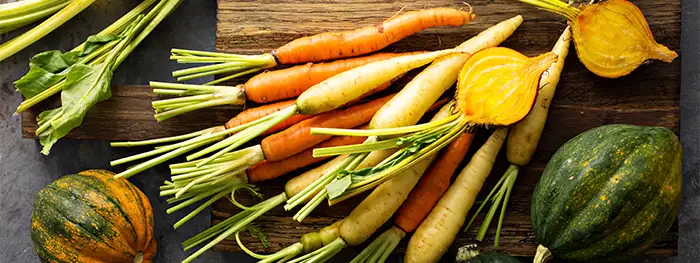
Seasonal Autumn Produce
During Tosantos, markets sell typical seasonal products such as roasted chestnuts, walnuts, dried figs, hazelnuts, and almonds. Traditional sweets and seasonal fruits, like quinces, are also very popular.

Children’s Activities
Many markets and squares host children’s activities, such as face painting and craft workshops. Kids and young people also take part in an adapted version of “trick or treat”, going from stall to stall collecting sweets and treats.
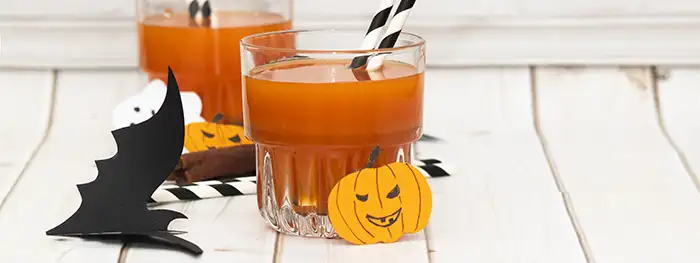
Street and Bar Festivities
The Tosantos celebration extends beyond the market, with bars and streets decorated for the occasion. People dress up as ghosts, witches, and other spooky characters, creating a festive and welcoming atmosphere.
Tosantos 2024 Events
- Cádis: The main place to experience Tosantos, celebrated on 31st October. The festival combines humour and popular traditions, with local markets decorated with satirical portrayals of public figures, particularly politicians.
- Migas de Santa Ana la Real: Tosantos is marked by a traditional dish made from crumbled bread (“migas”), cooked over bonfires in the central square, and served with mosto (fermented grape juice) and grilled sardines. This event brings together locals and visitors for an authentic gastronomic experience.
Castile and León
In Castile and León, Halloween celebrations are deeply tied to the Catholic tradition of All Saints’ Day, but with a mystical and ghostly touch. Towns and cities commemorate the occasion with processions and parades inspired by the concept of the Ánimas (souls of the deceased), who wander the night seeking peace, creating an atmosphere of fear and reverence for the dead.
Highlights of the Celebrations in Castile and León
- Festival of the Ánimas in Soria: A diverse programme featuring candlelit processions, horror storytelling, theatrical performances, and cultural activities, all centred around the theme of souls and mysticism. This popular celebration blends respect for local traditions with the spirit of Halloween, attracting visitors interested in the darker side of culture.
- Chant of the Ánimas in Tajueco (Soria): On the night of 1st November, Tajueco hosts the Chant of the Ánimas, a ritual in which two choirs of men sing alternating verses in homage to the souls of the dead. Locals follow carrying candles inside perforated containers, such as gourds, and proceed together to the central square, where the ritual concludes with prayers, sweets, and wine sharing.
Although Halloween is gaining popularity in Spain, it is not one of the country’s oldest cultural traditions. Many of today’s celebrations have been revived in recent years, influenced by the global popularity of Halloween and a growing interest in exploring local legends and folklore. However, some regions, such as Galicia, have preserved Celtic festivals like Samaín, which share elements of mystery and the commemoration of souls, keeping alive a heritage that connects to the traditions of ancestors.
This year, we will be experiencing Samaín up close in Galicia, one of the places where the Celtic tradition remains strong. Stay tuned—we’ll be back soon to share our experience of this truly special Halloween!

